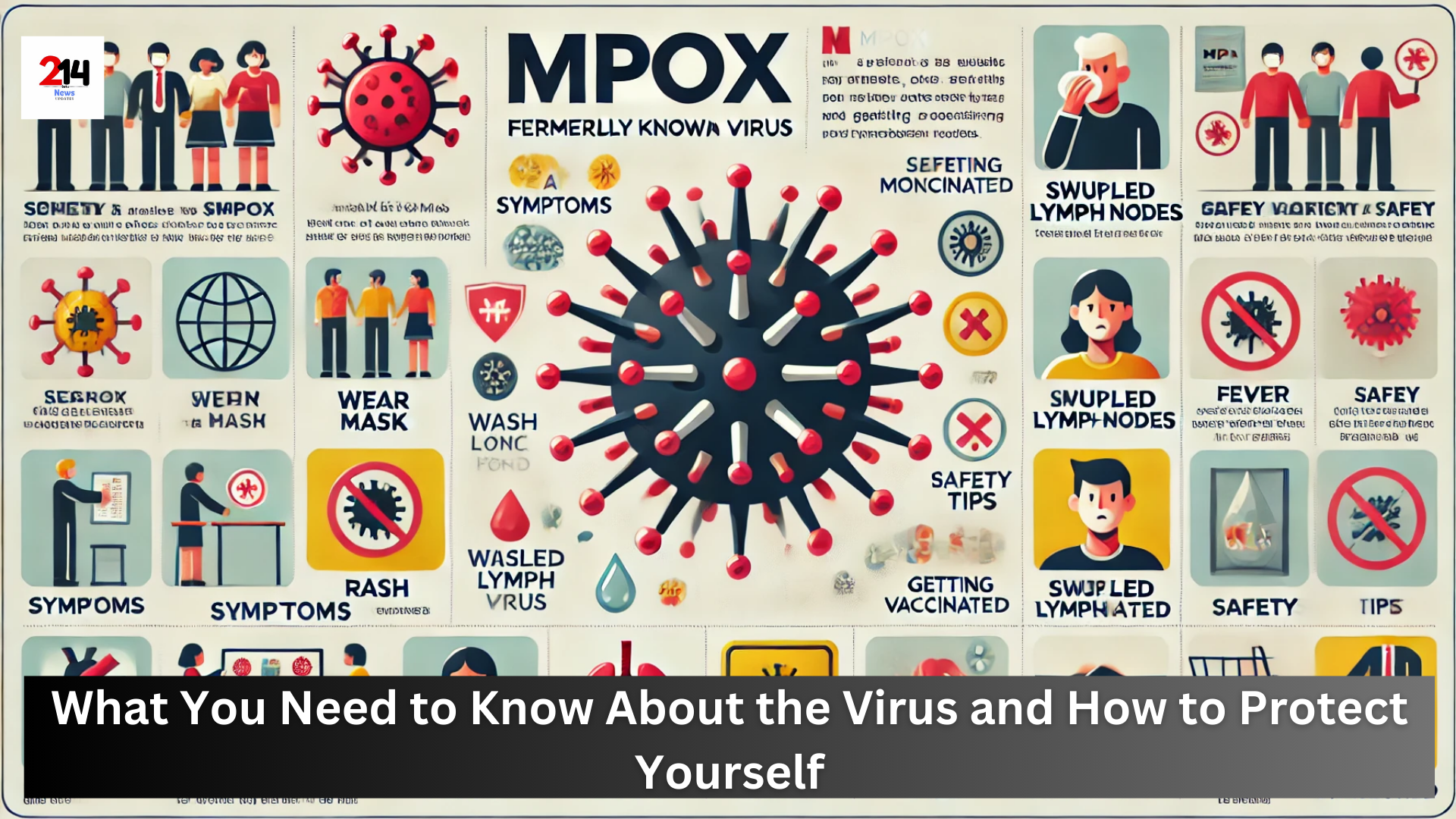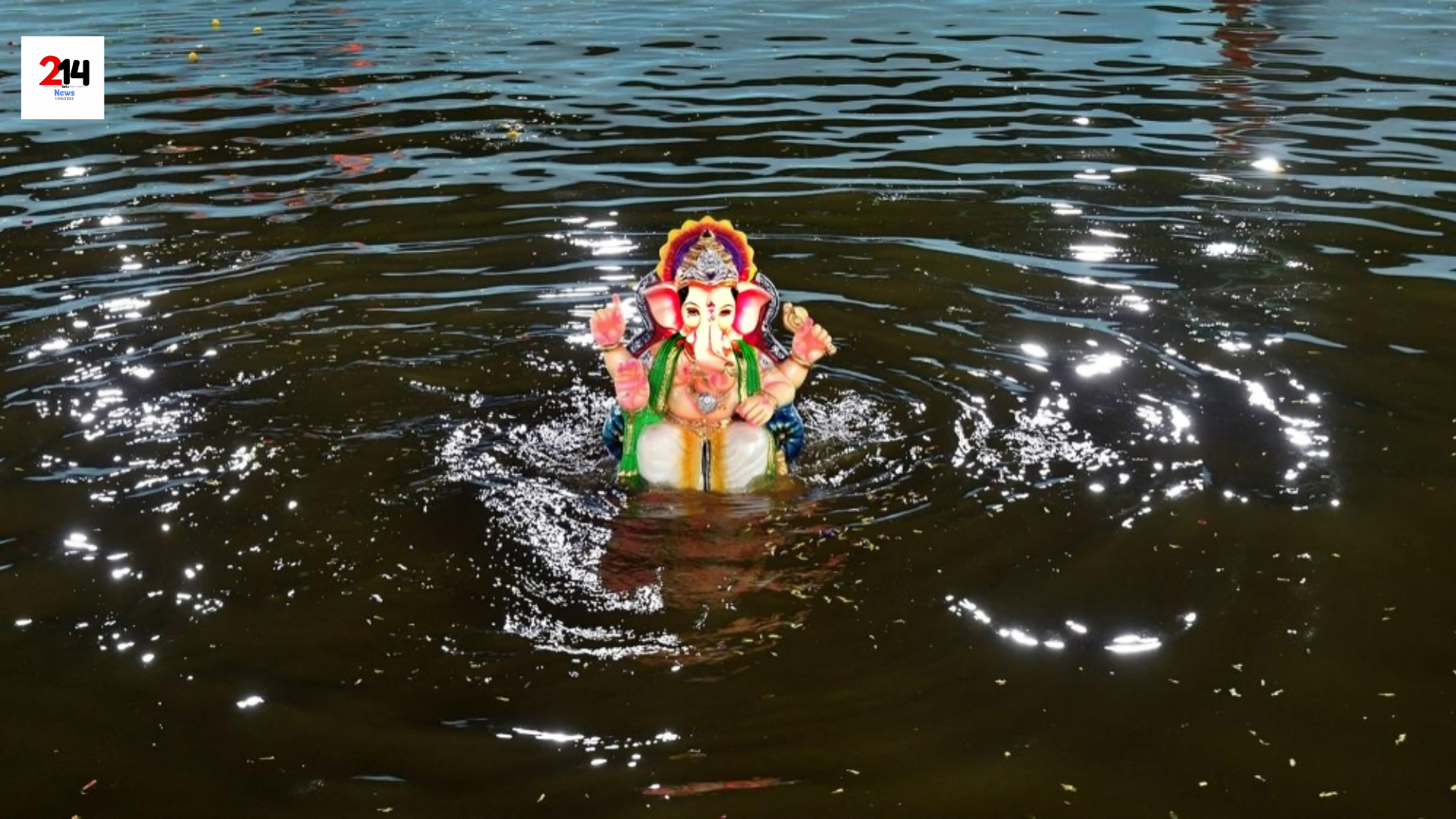
Mpox, which was once called monkeypox, is a viral disease that has recently become a global concern. Though it was once rare and mainly found in certain parts of Africa, Mpox has spread to many countries in the past couple of years. This article explains what Mpox is, how it started, why it spread, and how you can protect yourself from it.
What is Mpox?
Mpox is a disease caused by the monkeypox virus. This virus is part of the same family as the smallpox virus, but Mpox is generally less severe. The disease was first discovered in monkeys used for research in Denmark in 1958. The first human case was recorded in 1970 in the Democratic Republic of Congo (DRC).
How Did the Mpox Outbreak Start?
The large outbreak of Mpox that began in 2022 was different from past cases because it spread to many countries outside of Africa. There are a few reasons why this happened:
- More Travel: As people started traveling again after the COVID-19 pandemic, the virus spread more easily to different parts of the world.
- Close Contact: Mpox spreads through close physical contact with someone who is infected. This can include touching their skin, being close to them when they cough or sneeze, or handling items they have used, like clothes or bedding.
- Less Immunity: After smallpox was wiped out, people stopped getting the smallpox vaccine, which also protected against Mpox. This means that many people today do not have any protection against the monkeypox virus.
Symptoms of Mpox
Mpox usually starts with flu-like symptoms such as fever, muscle aches, and a sore throat. After a few days, a rash appears, often starting on the face and spreading to other parts of the body. The rash goes through several stages, including spots, blisters, and scabs. It can be itchy or painful. Swollen lymph nodes (small glands that help fight infections) are also a common sign of Mpox.
How to Protect Yourself from Mpox
There are a few important steps you can take to protect yourself from Mpox:
- Get Vaccinated: The Jynneos vaccine, which was made for smallpox, also works against Mpox. It is especially recommended for people who are at higher risk of catching the virus.
- Avoid Close Contact: Try not to have close physical contact with someone who has Mpox. This includes avoiding contact with their skin, not sharing their clothing, bedding, or other personal items.
- Practice Good Hygiene: Wash your hands regularly with soap and water and use hand sanitizer if soap is not available. Clean and disinfect surfaces that might be contaminated.
If you think you have Mpox, it’s important to stay away from others until your symptoms go away and your skin heals. Wearing a mask and covering any sores can help prevent spreading the virus to other people.
Conclusion
Mpox is a viral disease that has spread to many parts of the world. By understanding what it is, how it spreads, and what you can do to protect yourself, you can help stop the virus from spreading further. Remember to follow public health advice, practice good hygiene, and consider getting vaccinated if you are at risk.

